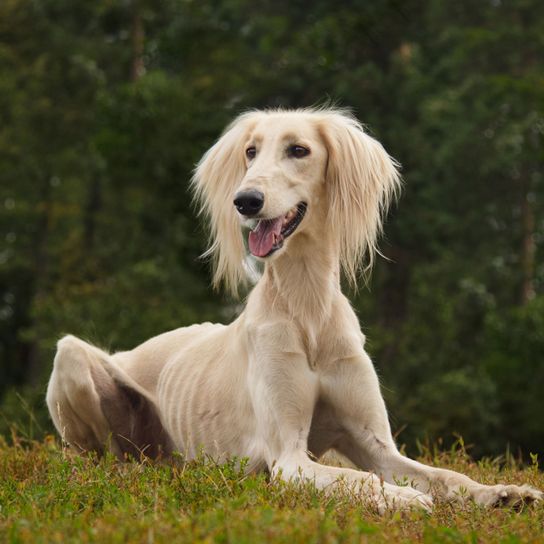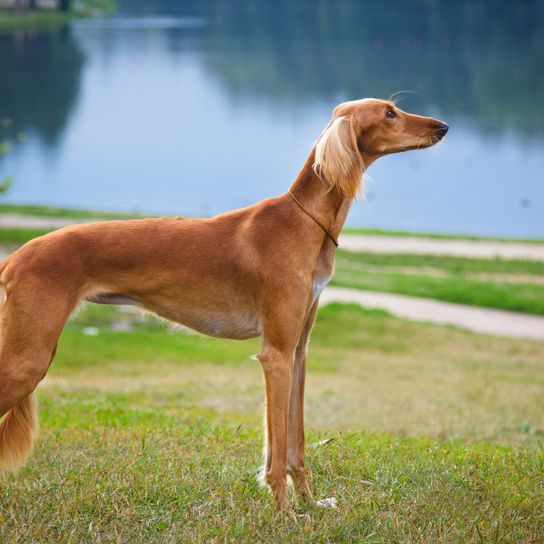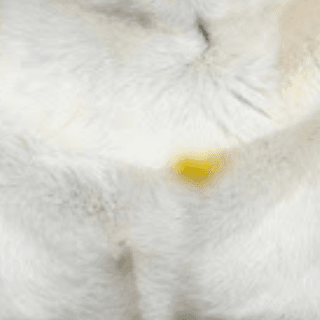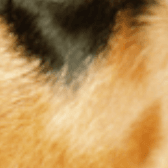Facts & Origin
What is the origin of the Saluki?
Cynologists assume that the Saluki is one of the oldest dog breeds in the world. They decorate numerous antique sculptures, paintings and sculptures. Among other pieces of art, the Saluki can be seen on the Alexander Sarcophagus, which dates back to 235 BC. Even older are cave drawings in the Nile valley in today's Egypt, which prove that ancestors of the Salukis were born about 3.600 years ago. Since the Salukis probably accompanied societies on caravan trains, they were widespread in the Orient. They traveled from Central Africa to Egypt, Iran and Iraq up to distant Asian countries. They were especially worshiped by Arab Bedouins, as they ensured their survival by hunting gazelles, hares and other wild animals. The animals, which Arabs accepted as a gift from Allah, were even allowed to sleep in their tents. Since they were considered family members and were never sold, it took a long time before they came to Europe. In England they were first mentioned in 1840 under the name "Persian Greyhounds". The Baroness Florence Amherst of Hackney got to know the elegant sighthounds on a trip to the Nile and took a male and a female from Transjordan with her. The animals came from the breeding of Prince Abdullah and made it possible to breed on European soil from 1895. In the 1920s, the English General Frederick Lance supported their efforts, his wife Gladys and he is to thank for the registration of the first Saluki in 1922. Four years later the recognition in the Kennel Club followed.
What are the breed characteristics of Salukis?
The Saluki has the typical physique of a sighthound: Their very slender body is positioned on thin, long legs. When they move with their space-grasping steps, it almost seems as if they are floating. Just as it should be with a sight hunter, the eyes sit in the front of the head. They give you an attentive look with their dark eyes. In relation to its decent size it is a real lightweight.




| Alternate Name | - |
| Origin | Syria |
| Life expectancy | 12 - 14 years |
| Care requirements | high-maintenance |
| Activity level | average to high |
| FCI group | Long-haired or fringed Sighthounds |
| AKC group | Hound Group |
| KC group | Hound Group |
Saluki mixes
Attitude, character and temperament of the breed
What are the typical character traits of the Saluki?
Before you bring a Saluki to your home, make sure that you can offer them species-appropriate keeping conditions. Short rounds around the block are by far not enough for this active breed. It is considered a long-distance runner among the dogs, one that used to accompany their owners on hour-long horse rides. It is best to ask in your home town where the nearest dog track is.
Here your darling can use up its energy. When you are out in the wild, however, it is better to keep them on a leash: they are constantly watching over their surroundings and will be over the hills as soon as they spot game. With a species-appropriate Saluki training you can control it to a large extent, but you can't put your hand in the fire for it in areas rich in game. If the Saluki is used to full capacity, it is a pleasant roommate at home, who likes to cuddle with its owner. It is reserved towards strangers, also noisy children are regarded with suspicion.
Character
Usage


What are typical diseases of Salukis?
Before you take your Saluki to the racetrack or take them outdoors for other activities, you should not feed them for at least two hours. The breed tends to
- develop dangerous stomach-torsions, which are caused by great effort when the gastrointestinal tract is full.
- Sometimes digestive problems result from too much stress for the sensitive animal.
- Although the breed is generally considered to be healthy, isolated cases of epilepsy occur.
- Also sudden heart death has been observed.
What has to be considered in regards to Saluki breeding?
As there are only a few Saluki breeders in Europe, among them also in Austria, you might have to wait longer for a Saluki puppy to become available. If you should look around in neighbouring countries, don't be deceived by the entry "Saluki Munich", because this is a restaurant. It is also important to know that puppies of this breed are considerably more expensive than other dogs. If an older animal is also an option for you, save a Saluki in need. This way you save money and offer a four-legged friend from bad keeping a new home.


Appearance and coat of the Saluki
You can buy a Saluki with a long or a short coat. The short-haired version lacks the typical feathering on the legs, the tail and the ears. With both types the coat is smooth. Numerous shades are allowed in the colours:
- black & silver
- fawn (deer colors)
- check
- tricolor
- cream
- white
- brown
- red (partly with black ear fringes)
- grizzle
Typical for the Saluki is also the missing dog smell. The animals have a comparatively thin coat and have little amount of hair. However, you should make sure that the animal does not get too cold in winter. A dog coat protects it from wind and weather.
What is the average size of a Saluki?
- males: 58 to 71 centimetres
- bitches are smaller
How much does a Saluki weigh?
A Saluki will weigh 18 to 25 kilograms.
What is the life expectancy of a Saluki?
They can reach an age of up to 14 years.
| Fur length | long |
| Fur | flat coated |
| Ear shape | Triangle |
| Tail | fanned out |
| Anatomy | slim, sporty |
| Size ♀ | 58 - 71 cm |
| Weight ♀ | 18 - 27 kg |
| Size ♂ | 68 - 71 cm |
| Weight ♂ | 18 - 27 kg |
| Suitable For | - |
Colors



Known Diseases
Epilepsy
Definition: Dog has epilepsy if, for example, at least two epileptic seizures occur more than 24 hours apart.
Gastric torsion
Gastric torsion is a disease in which the stomach rotates around its own longitudinal axis. The cause of the disease is not known.
Heart disease
Can occur frequently in dogs and can sometimes be treated with medication.

























